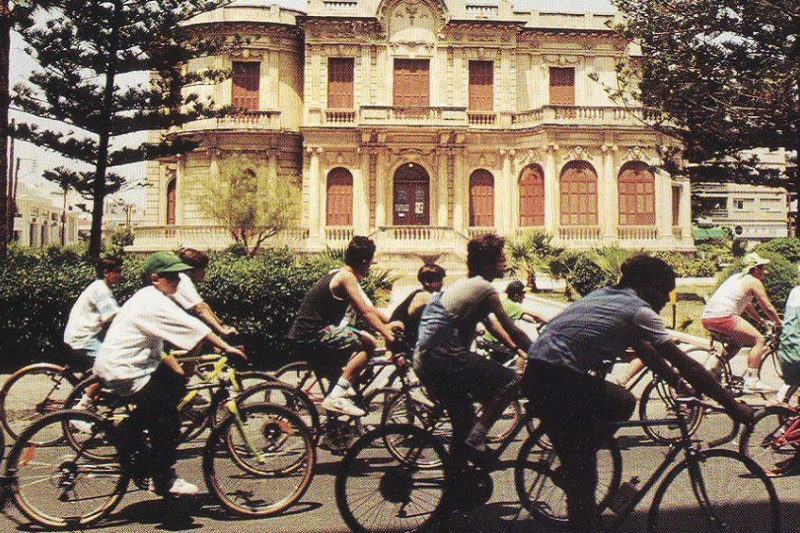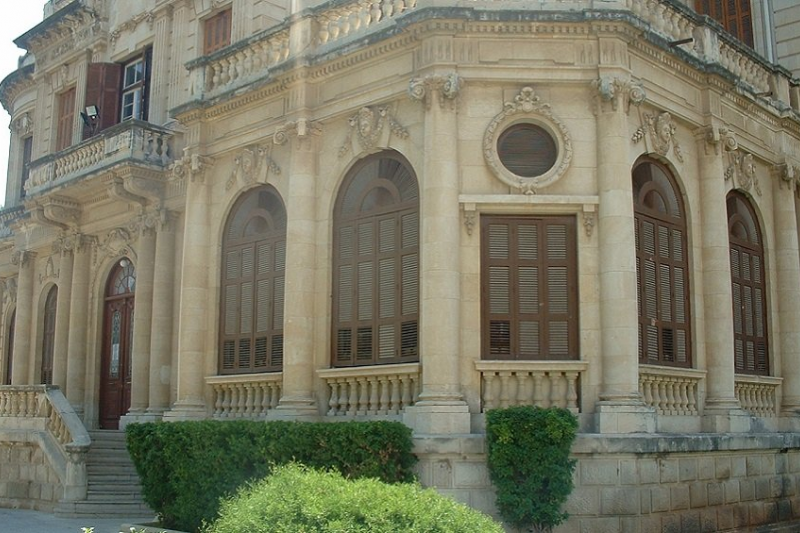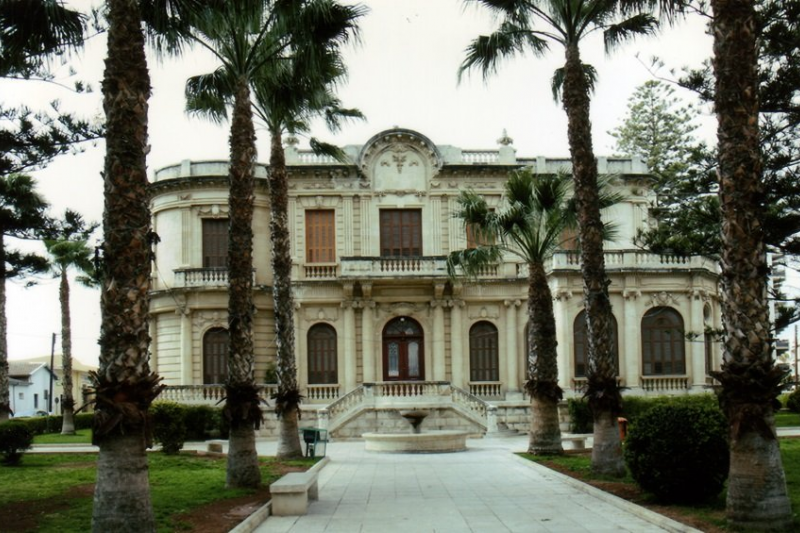
The construction of a mansion like no other in Limassol began in 1919. Artistic decorations on carved stone, with figures of little cupids and garlands around the openings, with series of columns, classy balconies and arced windows and doors. This impressive building was the result of the ambition of a major business man in trade, Antonis Pilavakis, for a house resembling to the architecture of the casino in Monaco, where he used to spent his holidays once a year.
He memorized the form of the majestic casino, which he brought to the design of the mansion, created in Paris, after his acquaintance with a Greek who worked for Edouard Niermans. To bring the design into the standards of the local architecture, Pilavakis collaborated with an architect from Corfu, Zacharias Vondas, who was also a friend of his.
The building process lasted 15, until in 1934 the mansion was revealed to the people to inspire awe and admiration for its size and decorations, which was similar to none in the city. Inside, there is a large hallway in the entrance with 4 Corinthian columns, which resembled to marble, thanks to a special technique with wax, applied by technicians from Greece. The floor was covered with colorful tiles, while there were 2 glass shelves, where Pilavakis kept his collection of ancient monuments.
In 1966 the mansion was sold and the Limassol Municipality house the Municipal Library there, which was previously in the Municipal Hall. The transformation of the buildings resulted to several alterations, such as in the floor, where the tiles were removes and the white paint on the columns. The covered veranda was joined with the reading area of the library and many windows were replaced with modern, aluminum ones.
The Public Library, after several years of restoration works, is finished and presented to the people in December 2017.
Source: Tasos Andreou, “Limassol, memory flashback”, 2009
Photos: Limassol Historical Archives
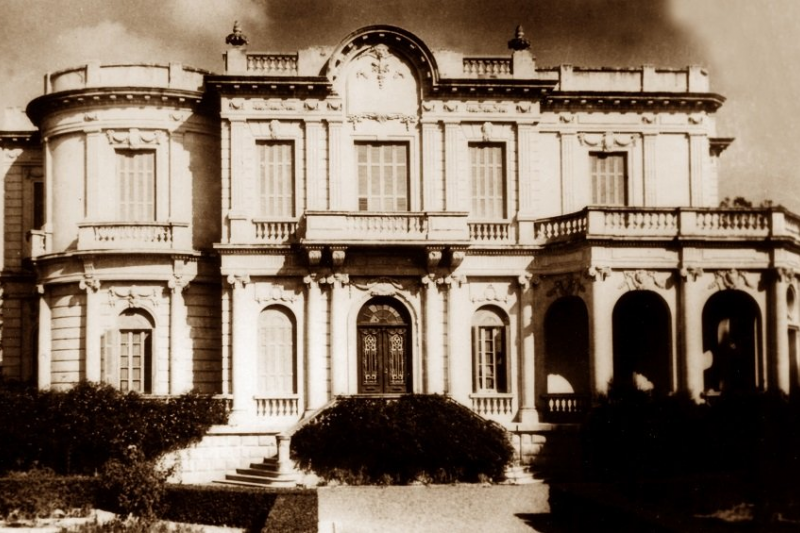
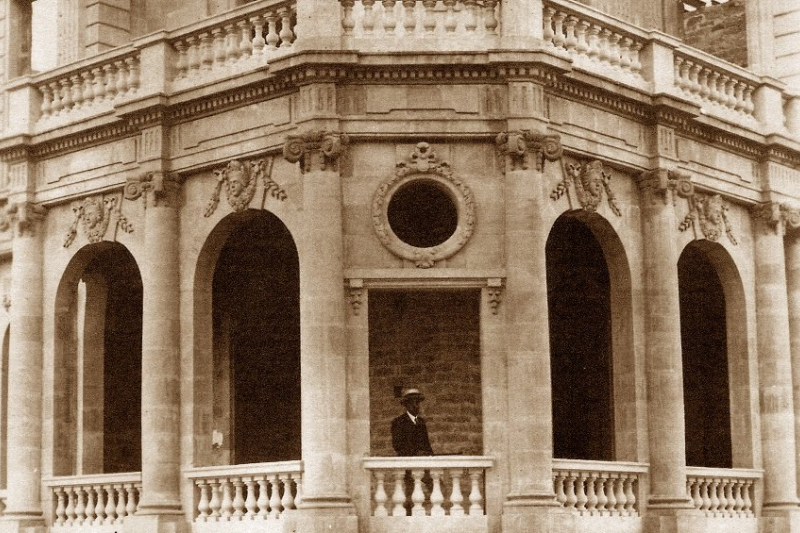
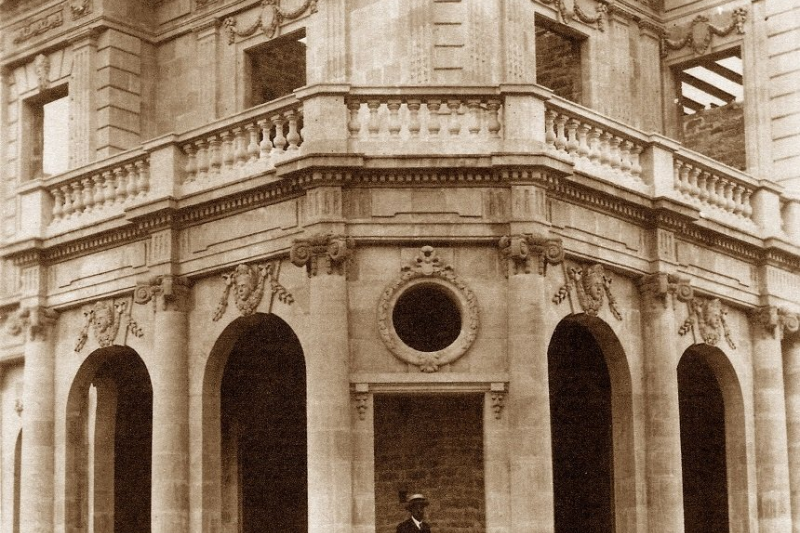

.-800x533-zc.png)



